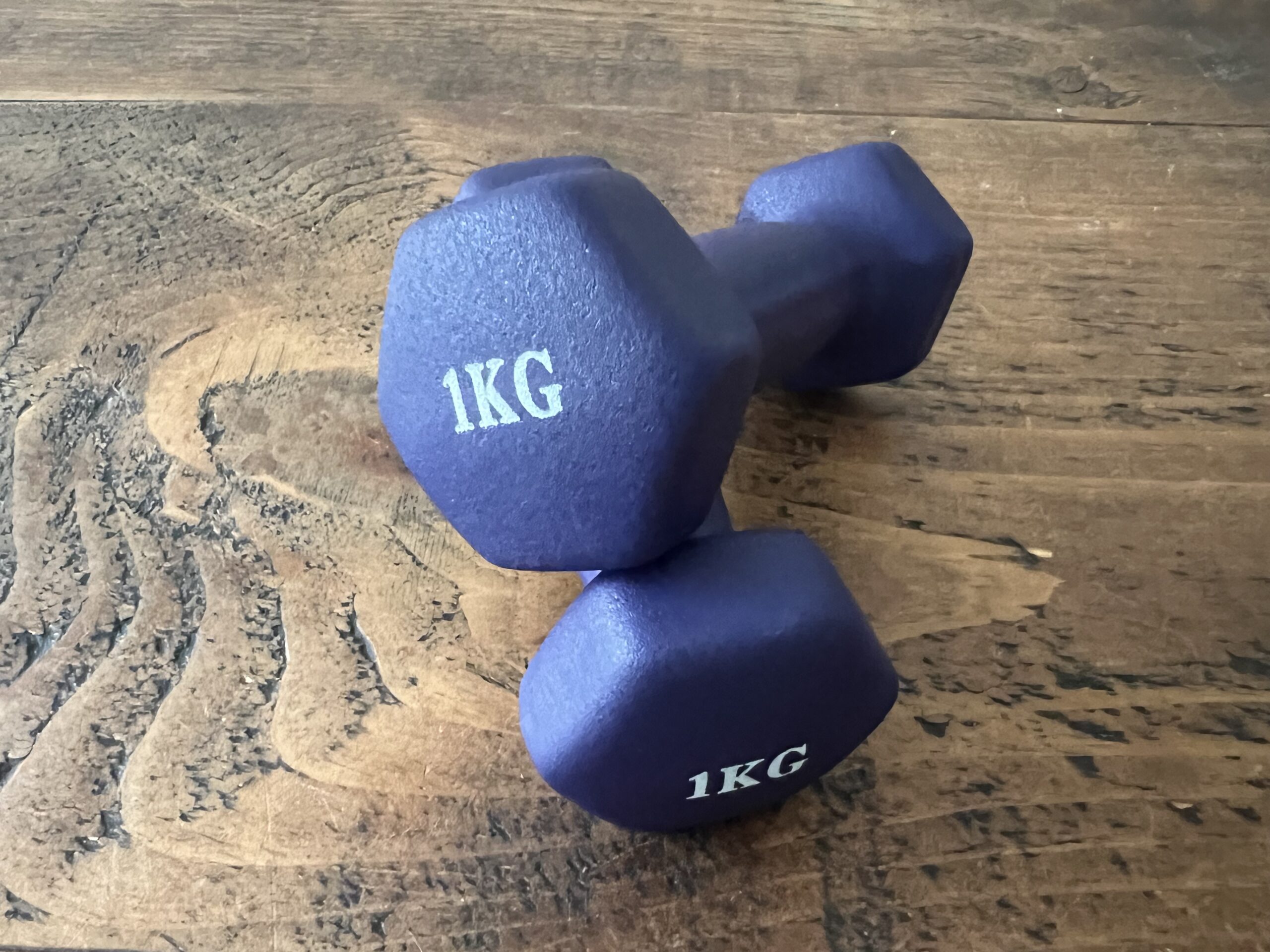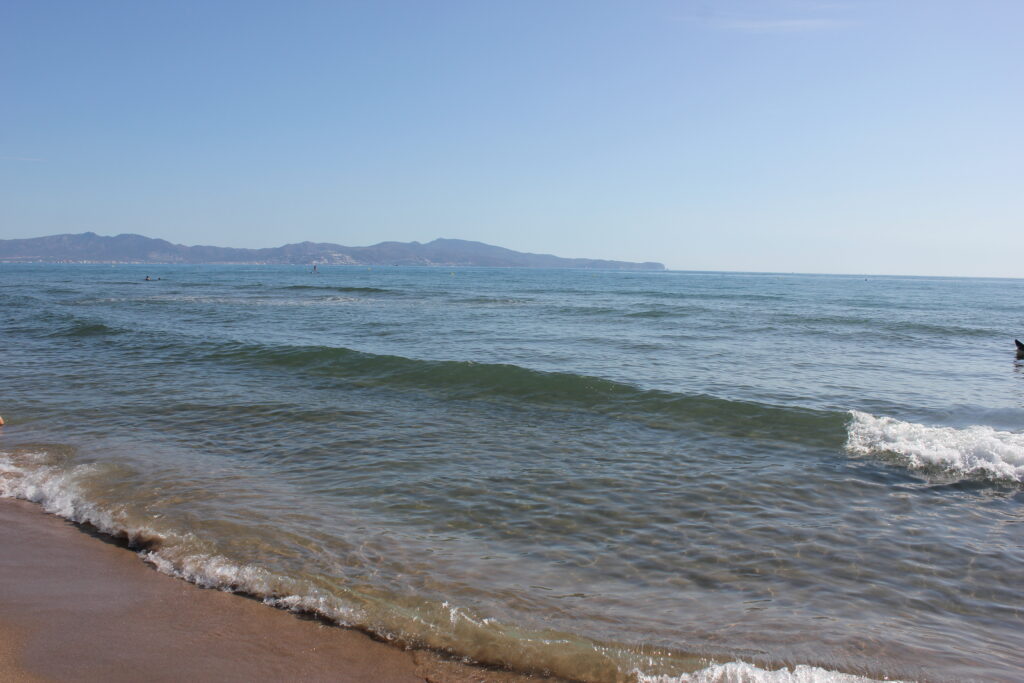Have you ever experienced sudden, intense shoulder pain that seemingly appeared out of nowhere? If not, count yourself lucky – I did, at the end of February and bloody hell did it hurt like anything. It turned out that I had a condition called Parsonage-Turner Syndrome (PTS). Although it is a relatively uncommon disorder, PTS can cause severe discomfort and limited mobility in affected individuals.
Parsonage-Turner Syndrome, also known as brachial neuritis or neuralgic amyotrophy, is a neurological disorder that affects the brachial plexus – a network of nerves originating from the neck to the shoulder, arm, and hand. This syndrome is characterized by sudden onset shoulder pain followed by weakness and muscle wasting in the affected area. All of which I had or eventually got. The NHS were good for pain relief in the acute stage, but the waiting time for actual physio and recovery options were long, so I ended up going privately for that.
Causes?
The exact cause of Parsonage-Turner Syndrome remains unknown. It is believed to be an autoimmune response triggered by any number of factors such as viral or bacterial infections, vaccinations, surgery, trauma, or extreme physical exertion. Basically anything, in my case however, I think we can all agree that it definitely was not physical exertion.
I woke up a day after my birthday weekend with with acute shoulder pain that I could describe as a sharp, burning, or stabbing pain. What I would describe it as is amazingly painful stabbing pain in my shoulder that would not let up in any position and that I could not use my right arm in anyway. This pain apparently reaches its peak within hours or days and is usually localized to one side. My pain however lasted for nearly 4 weeks and the various over the counter and prescription drugs barely touched the sides. As the pain subsided, weakness and muscle wasting become apparent in my right shoulder and arm. I had the added benefit of additional symptom of tingling (pins and needles) and numbness in my right hand.
Diagnosing Parsonage-Turner Syndrome was challenging apparently as it is similar to other conditions causing shoulder pain. My doctor started with a medical history review and physical examination. They then sent me for an x-ray to rule out the easy fix option which was a calcium build up and then onto additional tests which included nerve conduction studies – which is a nice way of describing a doctor strapping tens pads to your arms and shoulders and giving you electric shocks. Then onto a MRI, which would be fine, but having to stay very still in one position for 30 mins while they took the images was painful to say the least.
Unfortunately, there is no specific cure or silver bullet for Parsonage-Turner Syndrome. Treatment primarily focuses on functional recovery and preventing further damage. Initially, rest and pain management strategies and then physical therapy plays a crucial role in restoring strength, flexibility, and range of motion. I’ve been doing this for 8 weeks now and have managed to progress from 1kg weights in my right arm to a whole 3kg – slow going to say the least, but my shoulder movement is coming back and my arm does not look quite so out of place now!
Recovery from Parsonage-Turner Syndrome apparently varies from person to person. Some individuals experience partial or complete recovery within a few months – lucky bastards, while I, it seems may take years to regain full function.
Living with Parsonage-Turner Syndrome can be challenging, both physically and emotionally. It is essential to seek support from healthcare professionals, support groups, and loved ones. Or in my case have a number of sarcastic children that take the piss that you cannot lift a tin of beans out of the cupboard or open a jar.
More information can be found here:https://www.physio.co.uk/what-we-treat/musculoskeletal/conditions/shoulder/nerve-disorders-of-the-shoulder/parsonage-turner-syndrome.php




Leave a Reply